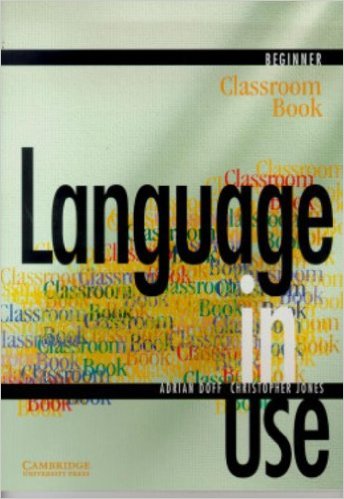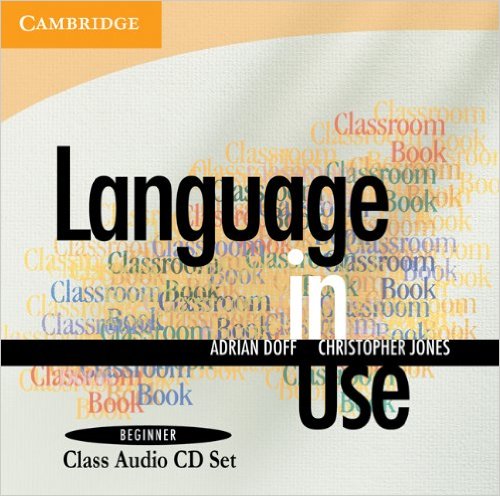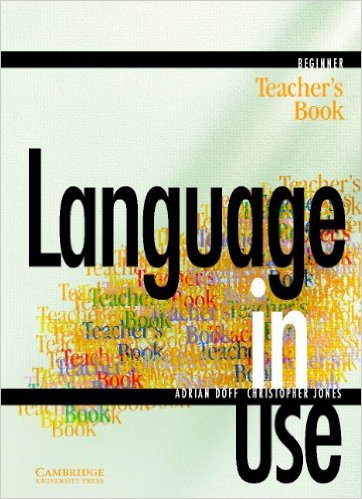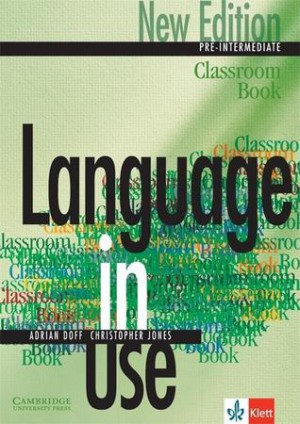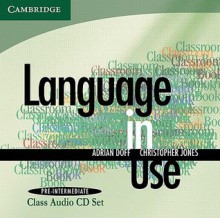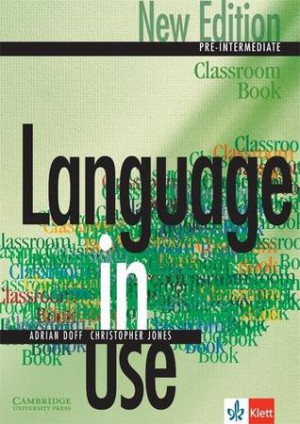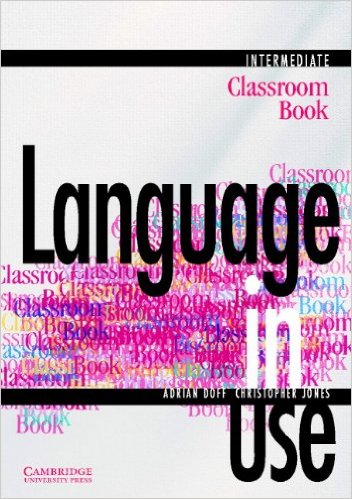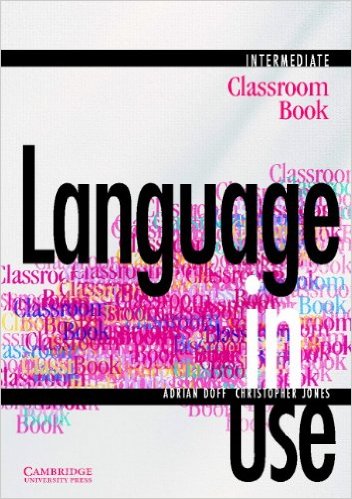Tuition: English Language and Literature with bunpeiris

Tuition: English Language and Literature with bunpeiris
Mobile: 0777 1000 60 email: bunpeiris@gmail.com
Study Courses: Cambridge English from Grade 3 onwards paving way to Cambridge English OL Language & Literature
Study coursebooks: highly acclaimed and highly successful series of English Language course books & audio CDs titled “Language in Use” composed by Adrian Doff and Christopher Jones. “Language in Use” is a complete four level course from absolute Beginner to Upper-intermediate.
Medium of instruction: English medium
| Student’s Classroom book is bolstered with Self-study books for homework. [Available at leading booksellers] | Student’s Audio CDs [Imported from UK] Students listen to contrasting accents, pace and pitch. |
Teacher’s Handbook [Imported from UK] [1] Focus is right on the specific lesson [2] Additional subject maerials [3] Lesson Plans |
|
Beginner [Grade 3& 4]
|
Beginner [Grade 3 & 4]
|
Beginner [Grade 3 & 4]
|
|
Pre-intermediate
|
Pre-intermediate
|
Pre-intermediate
|
| Intermediate [Grade 7& 8]
|
Intermediate [Grade7 & 8]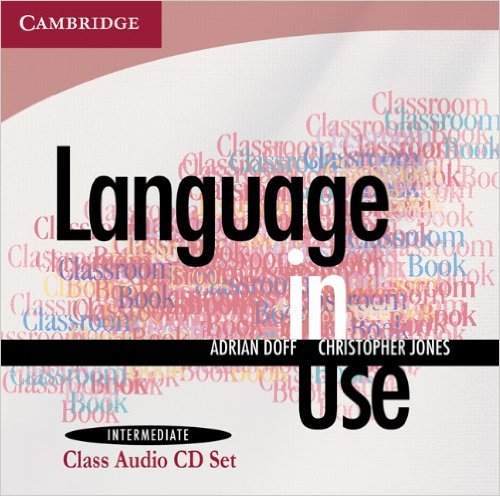
|
Intermediate [Grade7 & 8]
|
| Upper Intermediate [Grade 9 & 10]  |
Upper Intermediate [Grade 9 & 10] 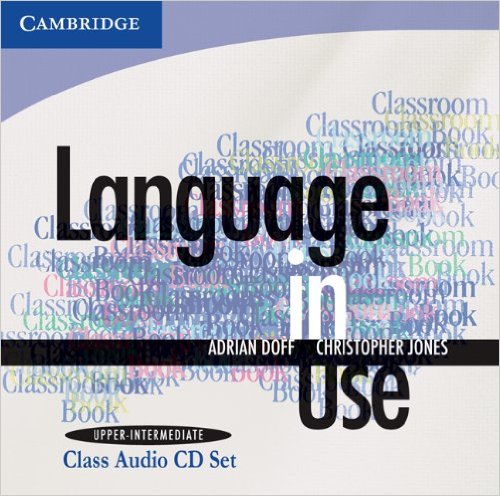 |
Upper Intermediate
|
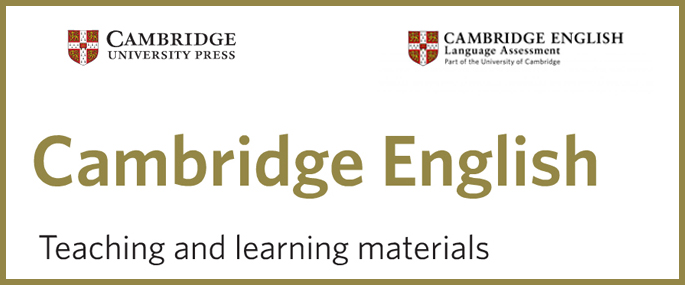
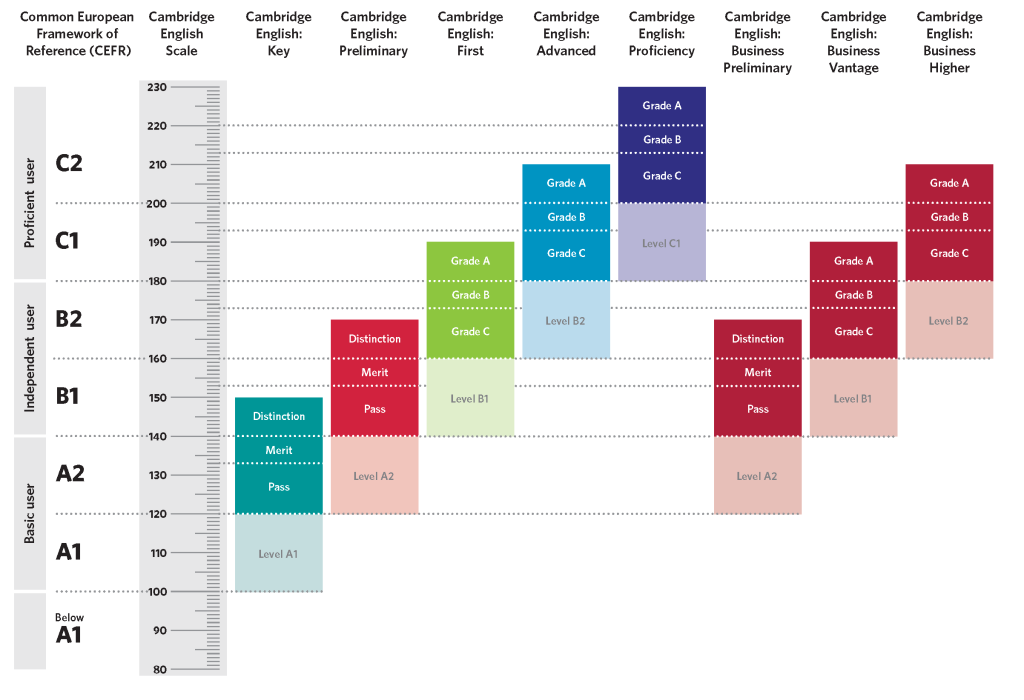
Graded Supplementary Readers to introduce Literature in English in lower grades
[Classic Readers published in muticolour by Future Kids Publications that are widely available in local bookshops.
Activities: Comprehension [*1]; What do you think [*2]; Language Practice; Word List
[*1] Comprehension: paves the way to answer Cambridge OL literal comprehension questions in time to come
[*2] What do you think : paves the way to answer Cambridge OL inferential comprehension questions in time to come
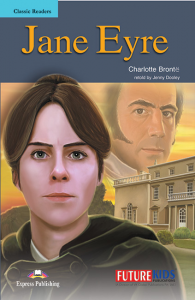 |
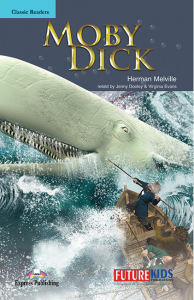 |
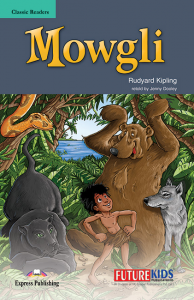 |
 |
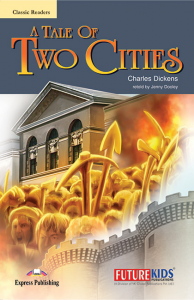 |
 |
TUITION: ENGLISH LANGUAGE CAMBRIDGE OL : Syllabus, Course Books, Past papers
| Regular Student’s book | Additional Student’s Book | Additional Book in 2016 |
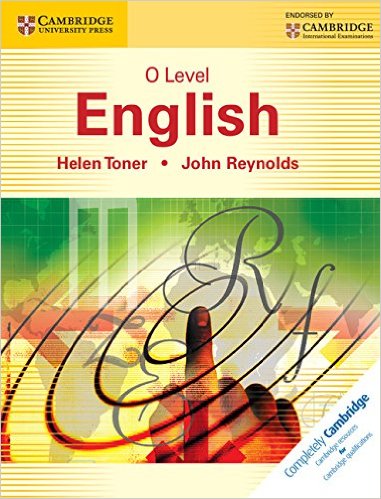 |
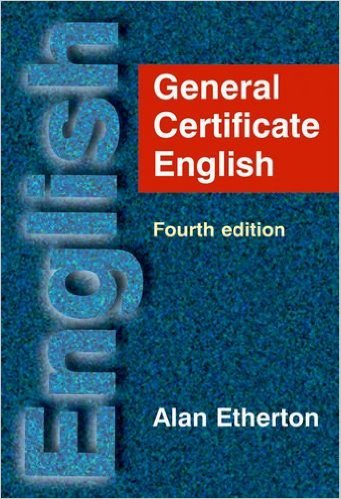 |
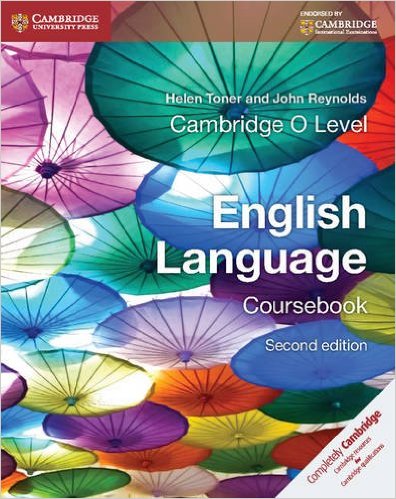 |
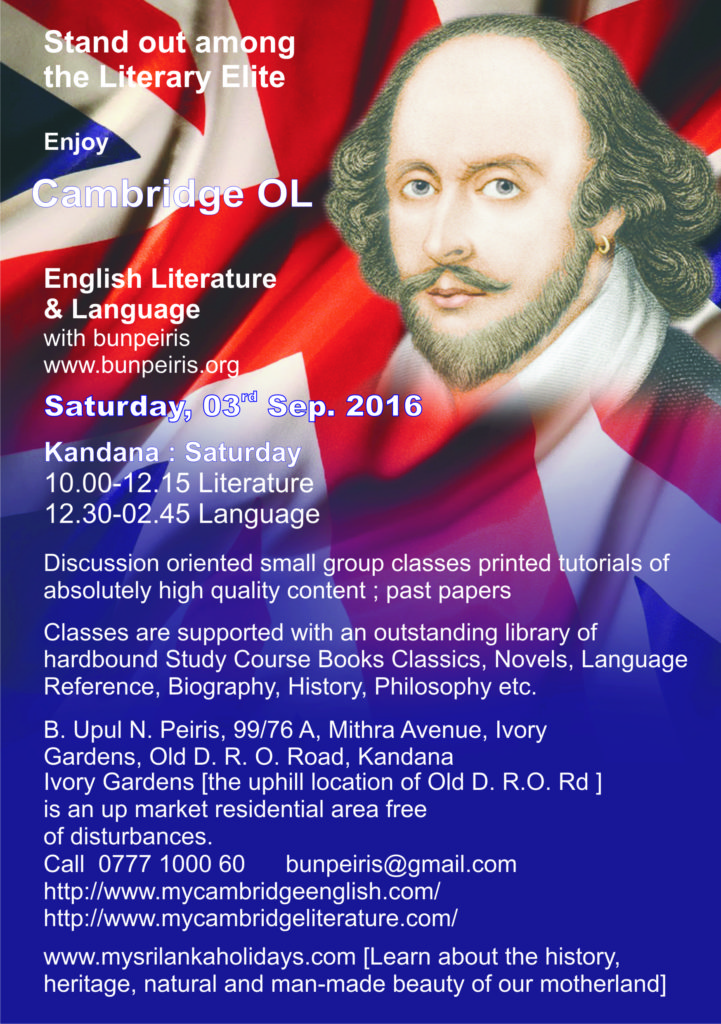
Cambridge “Literature In English” Tuition by bunpeiris at Kandana
An Interview with Adrian Doff and Christopher Jones
http://vyre-legacy-access.cambridge.org/br/elt/catalogue/subject/project/custom/item2273083/
You are both well known ‘names’ in the world of EFL, but going back to the beginning, how did you first get involved in teaching English as a foreign language, and where were your first jobs?
Adrian: I started teaching English by accident – after finishing university, I was offered a job on a summer course by a language school in Bournemouth. I then went on to my first ‘real’ teaching job, teaching English to business students at the School of Economics in Vaasa, Finland, before coming back to Britain and doing an MA in Applied Linguistics at the University of Lancaster.
Chris: I wasn’t sure what I wanted to do after university, and ended up doing VSO (Voluntary Service Overseas) in Northern Nigeria, where I found myself teaching English in a secondary school. I enjoyed teaching, so when I returned I spent some time teaching in a language school in Athens, before taking a PGCE at the Institute of Education in London, and then going on to teach in Sarajevo.
What factors influenced your decision to move from teaching into materials writing, and how easy was it to make this transition?
We were both teaching English as university lecturers in Yugoslavia in the early 1970s, where we had an easy teaching load and were given freedom to use whatever material we wanted, so it was an ideal opportunity to experiment with writing our own material. We started by swapping teaching ideas for our own classes, and then gradually started writing material together. Also, at that time there weren’t many good EFL books available, so perhaps we thought we could do better!
You have written a great many EFL books, of a wide variety of types. How does writing a complete course differ from writing other materials?
Obviously, it’s much more difficult. There are so many different elements that have to be brought together – level, development, the different skills, variety of material, grammar, topics, activities, etc. So it’s a bit like juggling with many different balls at the same time. Supplementary material is usually more straightforward.
Language in Use is a well-established course, which has developed over the years to cater for the needs of students right from beginner to upper-intermediate level. Where did the original motivation for writing the course come from? What impact did your own teaching experience have on how you set about writing Language in Use?
We’d written Meanings into Words some years earlier, which was mainly grammar-based, and our own teaching had also been mainly focused on grammar and structural practice, with vocabulary as something ‘extra’. We started getting interested in ways of making vocabulary more central, and we wanted to write a course which would give equal weight to both grammar and vocabulary – this was the original idea behind Language in Use.
You have worked through many changing trends in English language teaching methodology. Do you find yourselves selecting the best of each methodology when putting together a course like Language in Use?
Yes. Unfortunately, English language teaching has often tended to swing wildly between different kinds of methodology. We believe strongly that every methodology has something good to offer, and in Language in Use we have tried to integrate different approaches.
Language in Use has a dual syllabus. Please can you elaborate on this and explain how it works.
The idea of the dual syllabus is to take the two main ‘content’ areas of the language – grammar and vocabulary – and to make these the backbone of the course. This allows vocabulary and topics to be given as much attention as grammar, but also allows grammar to be dealt with adequately. As the units alternate between grammar and vocabulary, this also gives an in-built variety to the course.
What approach do you take to skills development in the four levels of Language in Use?
We pay a lot of attention to authentic listening and reading, but used in a way that is accessible to the learners. So, for example, in listening, we aim to train learners to listen to real, natural English, by including recordings of ‘real’ people talking (not actors), which are edited down to make them shorter and simpler.
In our own teaching, we’ve always tried to create an active class environment, with students involved in speaking and writing activities, and this is reflected in the activities in Language in Use.
What opportunities do students have to recycle the language they have been learning throughout the course?
There are Review sections in the Study pages between units, and the Workbook gives consolidation of what has been learned in class. Also, the dual syllabus offers a natural way of recycling language: structures that are focused on in Grammar units are recycled in Vocabulary units. For example (at Beginner level): The Present simple tense is focused on in Unit 7 (a Grammar unit), but is then picked up again in Unit 8 (a Vocabulary unit, where learners talk about what they eat and drink) and again in Unit 10 (another Vocabulary unit, where learners talk about when shops open and close).
In the introduction to the Language in Use Teacher’s Books, you describe two of the underlying principles of the course and ‘flexibility’ and ‘clarity ‘. Please can you give us some examples of flexibility and clarity within the course.
Flexibility: the Focus on Form pages. These provide practice exercises which can be done in class or at home; they can be done as a ‘practice stage’ after presenting a new structure, or they can be done later as a way of consolidating what has been learned. Also, the Teacher’s Book: this gives basic instructions on how to use the course, but also gives ideas for alternatives. We believe that every teacher has a different way of teaching, and learners needs vary from one class to another – we have tried to reflect that in Language in Use.
Clarity: Although we try to involve learners in interesting activities, it’s always made clear what the language point is, and what language is being practised. The Teacher’s book makes the aim and language focus of each exercise clear to the teacher.
How do you achieve a balance between learning and acquisition within Language in Use?
We believe that both learning and acquisition are important. In other words, learners need to focus on language and practise it, but they also need to acquire language naturally by being involved in communicative activities. The activities in Language in Use aim to provide both learning and acquisition: they provide controlled language practice but at the same time they allow learners to be creative and to be involved in communication.
Finally, what has been the most satisfying and rewarding aspect of writing this course for you?
The feeling of breaking new ground and presenting language in a way that hasn’t been done before. Writing Language in Use has given us new insights into the way English works, and we hope it achieves the same for teachers and learners who use it.

